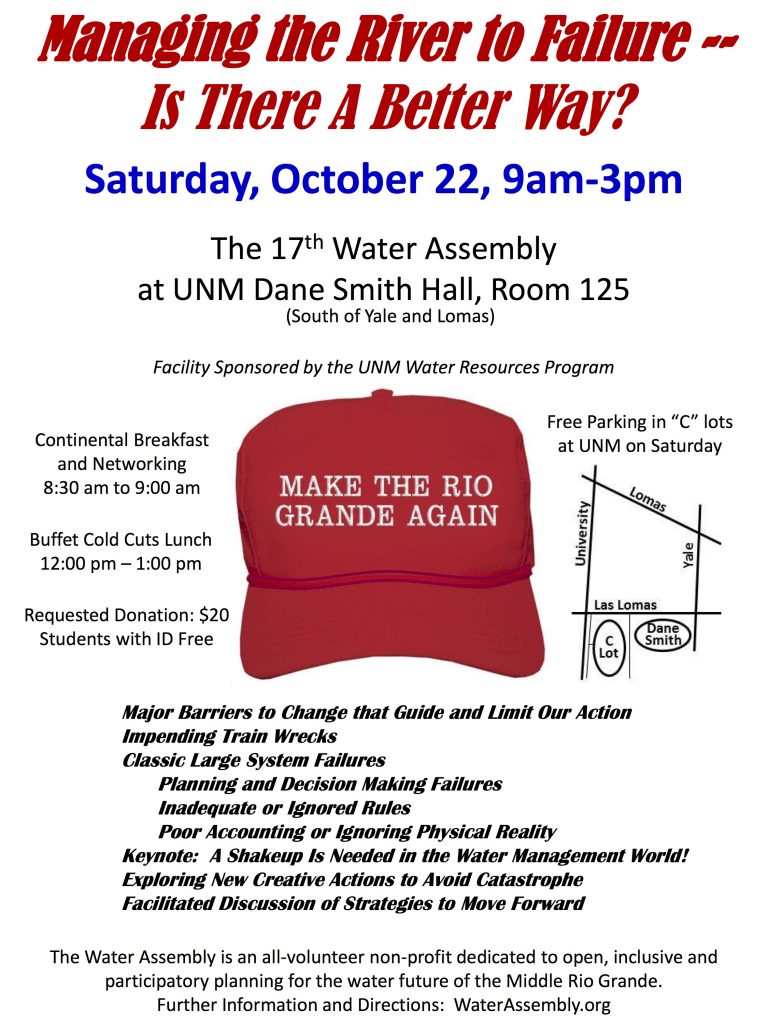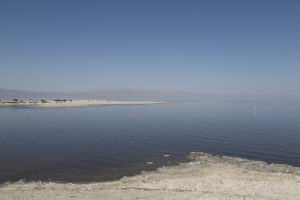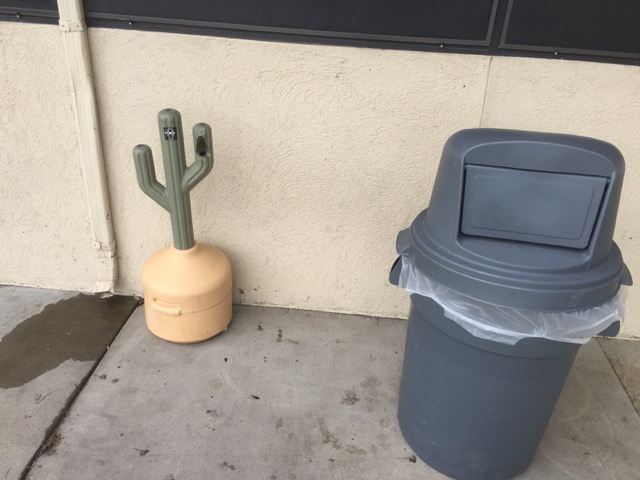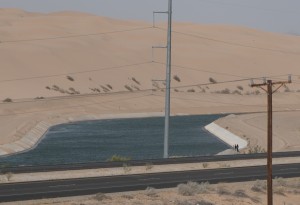I’d like to tell a Vin Scully story.
Growing up in Southern California in the 1960s, radio was a backdrop to our lives. It was the AM radio era, and KFI 640 was often on in the house, whatever they were playing. I loved radio. I would listen to whatever, fascinated by the magic.
For a time, I even listened to hockey. I had never seen a hockey game. I had no earthly idea where the blue line was or what what “icing the puck” meant. I would construct these elaborate images in my mind to match the frenzied voices on the radio.
So I listened to baseball, not as a baseball fan, but as a child mesmerized by the magic of a distant communicator telling stories. During that time, Scully and his broadcast partner Jerry Doggett would swap innings, each solo in the booth. As a youngster, there was no distinction in my mind between the two, but eventually from the background emerged Scully the storyteller.
There’s an easygoing way to his stories, a fun bit of business he’s telling a friend over the backdrop of a lazy summer afternoon at the ballpark, a circling parallel narrative that never got in the way of the day’s game, but rather filled in around it.
There was a period, memory is hazy but I’m guessing it was the early 1970s, when one of the local TV stations, KTTV Channel 11, would carry the Saturday road games, and Scully and Doggett would also do the TV play-by-play – one on TV, the other on the radio simultaneously, then switching. By that time I’d become a huge Scully fan, so I’d switch the sound and get Vin Scully for the whole game – half his TV call, the other half his radio call. I loved those Saturdays.
The difference in approach was noticeable – more work to fill in the spaces on radio, less with the TV because we could see things for ourselves. Like John McPhee and Miles Davis, Scully is a master of staying out of the way of his own story, giving you what you need and no more. It was a communication clinic. (Listen to his call of Kirk Gibson’s 1988 World Series home run, or the final inning of Sandy Koufax’s perfect game, to see what I mean here.)
But there was something else that was to me, a young storyteller in the making, remarkable. The story he told one inning on the radio, the second little narrative that paralleled the game he was was calling, he’d tell again on TV. He made it sound like an easygoing tale, remembered spur-of-the-moment from a locker room conversation or an old game he called years ago. But in fact the easy storytelling was the result of meticulous preparation.
Vin Scully did the work.
I have a lot of different stories I tell myself about how I became a writer, but this is one of them: that I learned to love the craft of the telling of stories by listening as a child to Vin Scully.





